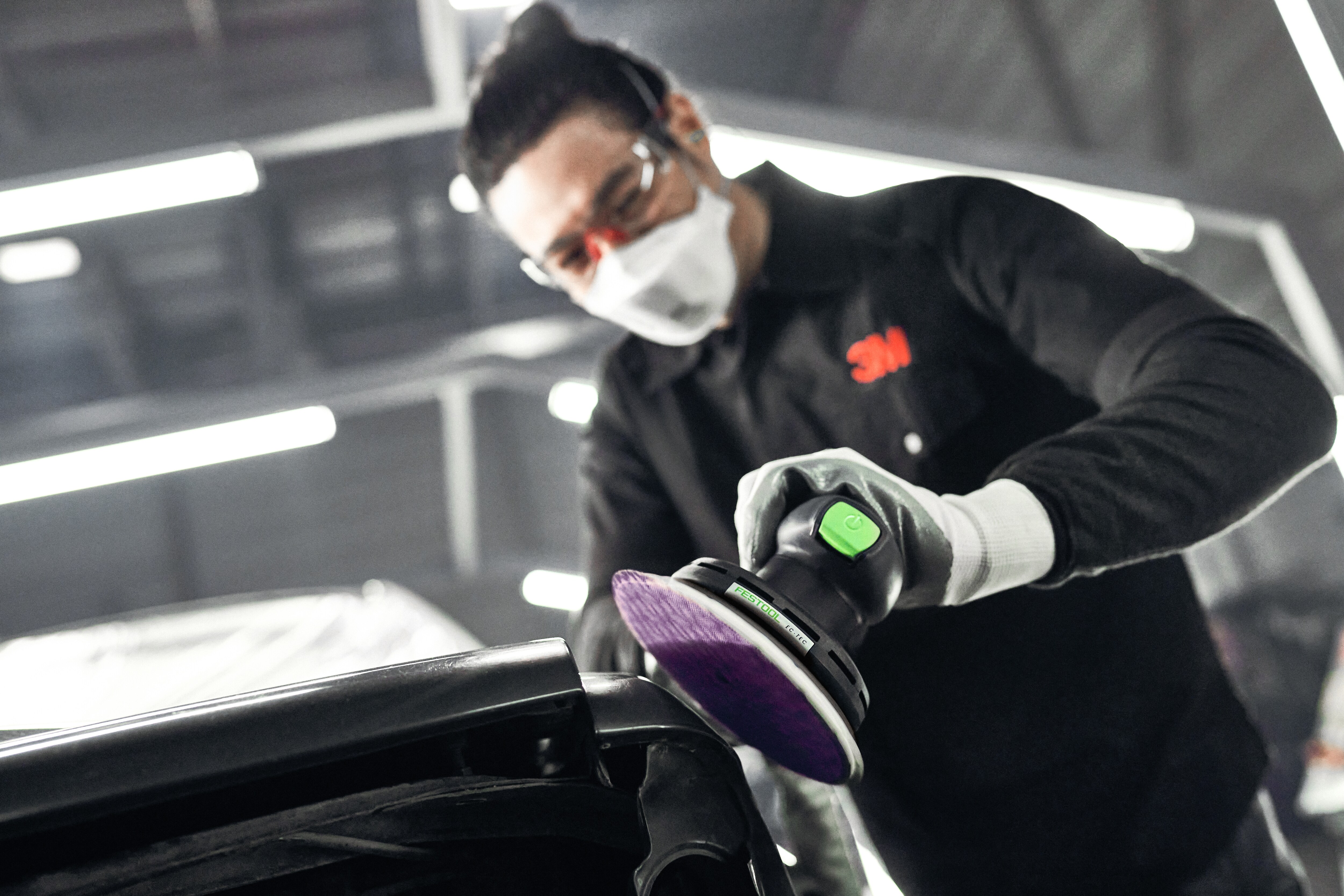What to expect if you experience auto collision damage this winter – 10 tips from 3M experts
Feb 7, 2023

Whether it’s snow and ice across the northern U.S., or thunderstorms and severe weather throughout the south, road conditions have been challenging at times across the country this winter. Experts from 3M’s Automotive Aftermarket Division, who provide collision repair professionals around the world with innovative technologies and solutions, and support the industry through training and education, offer the following tips and guidance on what to expect if your vehicle is involved in an accident:
- The repair process -- from the time the accident occurs until your vehicle’s repairs are completed -- may take a few months or several months. Like many industries, auto repair shops have been facing significant supply chain disruptions and shipping delays that affect parts availability, which in turn affects scheduling. Try to be patient with repair shop staff as they do their best to help.
- Technicians with the skills, expertise and training required to work on the increasingly complex features, functionalities, materials, and comfort and convenience offerings found on today’s vehicles are also in short supply. The vast majority of automobile body shops across the country have at least one key position to fill. So if you know someone who is considering their career plan options, there are many excellent opportunities available in skilled trades.
- Given the two factors mentioned above, repair appointments might be triaged, especially during heavy demand periods, to give scheduling priority to undriveable vehicles. If your vehicle only has cosmetic damage, then you might have to wait longer than if the vehicle is undrivable and requires towing from the accident scene.
- Your vehicle repairs might be scheduled over a series of appointments as the required parts become available, rather than in one session.
- Check your insurance policy for rental car coverage if your vehicle can’t be driven until it’s repaired or to use while it’s being repaired. Length of rental can vary by state and region. Some repair shops offer a limited supply of loaner cars for customers.
- You can choose where to have your vehicle repaired. Your insurance company may suggest “partner” or “recommended” businesses, but you are not limited to those suggestions.
- As vehicle designs and safety systems grow increasingly complex, 3M recommends looking for a repair shop that is certified by your vehicle’s manufacturer. This helps to ensure the technicians are trained to follow OEM (original equipment manufacturer) repair procedures specific to your vehicle’s year, make and model.
- Ask for a “pre-scan” as part of the initial repair estimate, especially if you must continue driving the vehicle until the required work can be completed. Problems with ADAS features (Advanced Driver Assistance Systems such as automatic braking, anti-lock brakes, adaptive cruise control, forward collision warning, lane departure warning, traction control, etc.) may not trigger a dashboard error light. A pre-scan diagnostic produces a list of error codes the vehicle’s electronic systems are experiencing so you know which safety and alert systems are operational. Just because you can drive the vehicle, doesn’t mean you should.
- Keep in mind the initial repair estimate is just that – a preliminary assessment of the vehicle’s overall repairability. Once the repair process is underway, the technicians might discover additional damage that wasn’t readily apparent in the initial estimate.
- The average cost of auto repairs has doubled in the past five years, so if you had an accident in the past but it has been a while, then be prepared for things to be different. For example, repair shops no longer offer to cover customers’ insurance deductibles to get work. Shop owners are facing rising operating costs for their investments in staff training and equipment. Both are required to properly execute repairs and keep pace with automobile technology.
